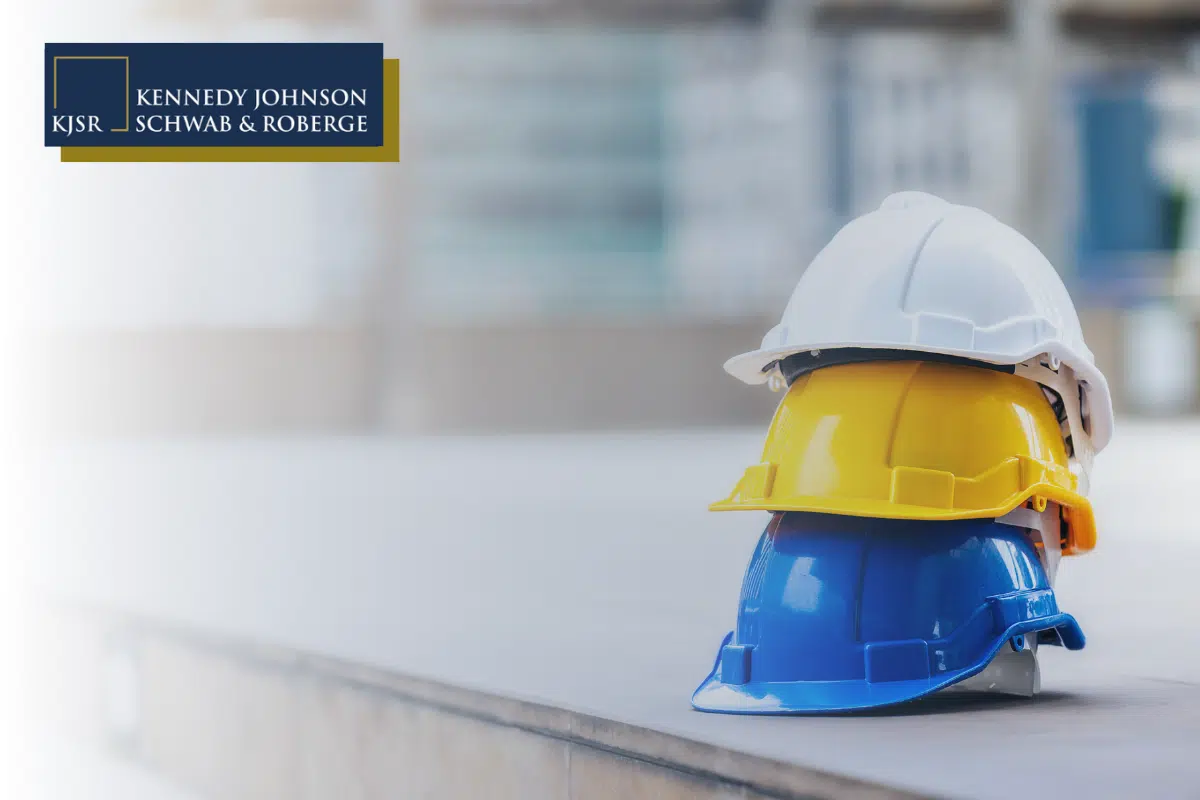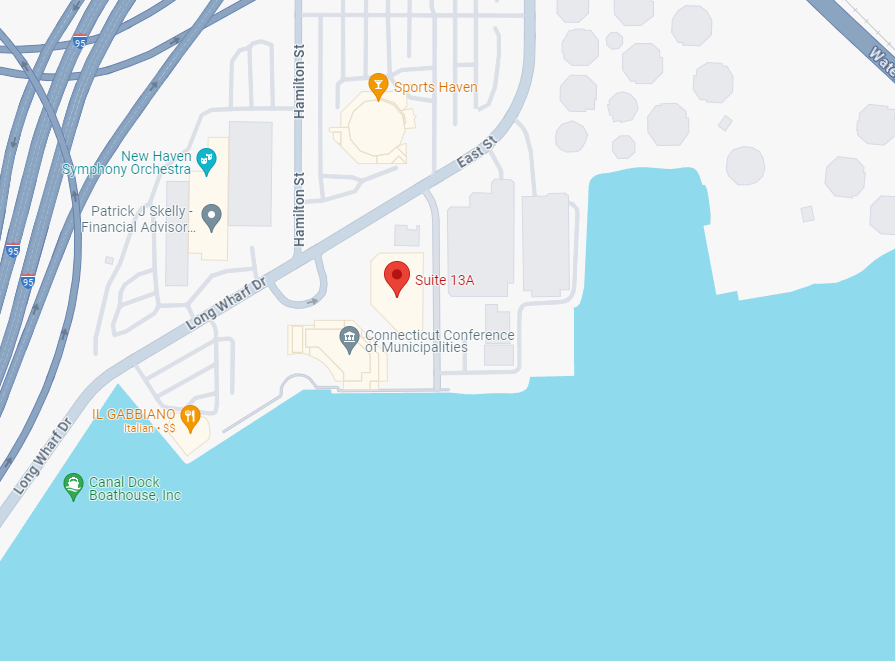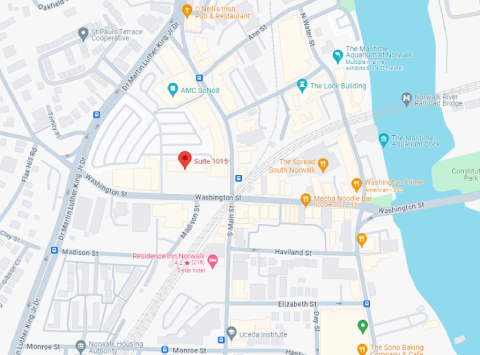Regardless of the size of a construction project, issues and challenges are bound to occur. Whether it is a delay, changes in weather conditions, defects in materials or structural designs, or issues with payments. Any of these problems can turn into challenging and complex issues that may compromise the entire construction process, and ultimately lead to dangerous conditions that cause injuries to workers or others on a construction site. For this reason, workers must understand their legal rights when they suffer an injury on the job.
Lawsuits are common in the construction industry. Construction lawsuits can materialize from anywhere, but most of these lawsuits are a result of negligence, contract breaches, and strict liability. These suits may involve multiple parties, making the litigation process lengthy and complex.
If you or someone you care about has been injured at a construction site, you may have the right to file a construction accident claim. An attorney can review your case and explain your legal options. Enlisting the services of a Connecticut construction accident lawyer can help you determine liability in your construction accident case.
Here are some of the parties you may have the right to sue after in a Connecticut construction site injury lawsuit:
- Your employer
- The property owner
- Manufacturers of tools and equipment
- Drivers
- Contractors
What Is a Construction Lawsuit?
A construction lawsuit is a legal case that involves a claim against a contractor, engineer, architect, or any other similar party, as a result of personal injury. Construction workers or others injured on a construction site may file a lawsuit if they sustain injuries while on the job.
Depending on state laws, construction cases can be based on various legal theories, including negligence, product liability, and breach of contract. If a plaintiff is successful in a construction lawsuit, they may recover compensatory damages for their losses and injuries.
Common Types of Cases That Result in Legal Action
Construction Defect
A construction defect is any flaw in the construction plan or process or a flaw in the actual structure that creates a risk of injury. Such defects also pose risks to workers at the site and the property occupants.
Construction and design defects, as well as construction code violations, should be investigated and handled carefully. Electrical issues, leaky roofs, and cracks in tile flooring are telltale signs of structural defects. If a building doesn’t adhere to the highest safety and industry standards, this may result in injury.
Defective Materials and Workplace Injuries
If the construction process is hampered by defective materials or equipment, the plaintiff may file a product liability lawsuit against the responsible party. Defendants may include companies responsible for:
- Design defects
- Inadequate warning defects
- Manufacturing defects
If the contractor or supplier substitutes stated materials with lesser-quality materials, such materials may affect the sustainability and safety of the building structure and risk causing harm to builders.
Despite the increase in safety protocols and guidelines from the Occupational Safety and Health Administration (OSHA), workplace injuries still occur on construction sites every day. Common workplace safety and health violations that lead to injuries include:
- Respiratory protection
- Eye and face protection
- Fall protection
- Machinery and machine guarding
When you get injured at a construction site, your employer may carry the blame if you worked in an unsafe environment. It is the responsibility of an employer to make sure their employees are informed and safe. A construction injury lawyer may help you determine who is to blame for your injuries after a construction site accident.
Time Delay
Delays are arguably the biggest stressor in the construction process. Whether due to labor problems, material shortages, unexpected changes to the design, or permits, delays can severely affect a project’s completion date and lead to financial losses, which can also lead to creating dangerous conditions that result in injury. The project owner and the contractor may be liable for damages for personal injury caused by these type of conditions on a job site.
Issues like the weather and natural disasters, which are outside of human control, may also lead to construction delays.
What To Expect During the Lawsuit
When a person is injured on a construction site, a lawsuit can be filed to obtain compensation for personal injuries. If you find yourself in such a situation, it’s advisable to speak to a lawyer who are experienced in handling construction accidents to find out if you have a case. Here’s what to expect in these types of cases filed in Connecticut..
Breach of Duty
The majority of construction lawsuits in Connecticut are based on negligence claims. Parties in construction projects, such as contractors and property owners, have certain legal obligations they owe workers and others who may be on the job site. For example, contractors have the duty to use construction materials that meet industry standards. If they use substandard materials, that qualifies as a breach of their duty of care. Such negligence may affect the structural integrity of a building and can lead to physical injuries at the construction site.
Sometimes negligence isn’t a clear-cut issue and may require the help of an experienced construction accident lawyer.
Damage Awards
After a successful construction lawsuit, you may recover monetary damages for your medical expenses, lost wages, and property damage. The Connecticut Workers’ Compensation Act provides wage replacement and medical benefits for employees injured on the job.
Payment in a construction lawsuit may also cover:
- Pain and suffering
- Reputation damage
- Loss of consortium
- Inconvenience
- Loss of enjoyment of life
Hire Experienced Construction Accident Lawyers
After a construction accident, understanding your legal rights and critical timelines is key to recovering maximum compensation for your losses. Contact a reputable personal injury firm in Connecticut to learn more about your rights and how to file a construction lawsuit.
At Kennedy, Johnson, Schwab & Roberge, our lawyers help construction workers throughout Connecticut, including victims who’ve lost their loved ones in construction accidents. Our construction lawyers will offer you sound legal advice throughout the claims process. Contact us today to schedule your free consultation.





